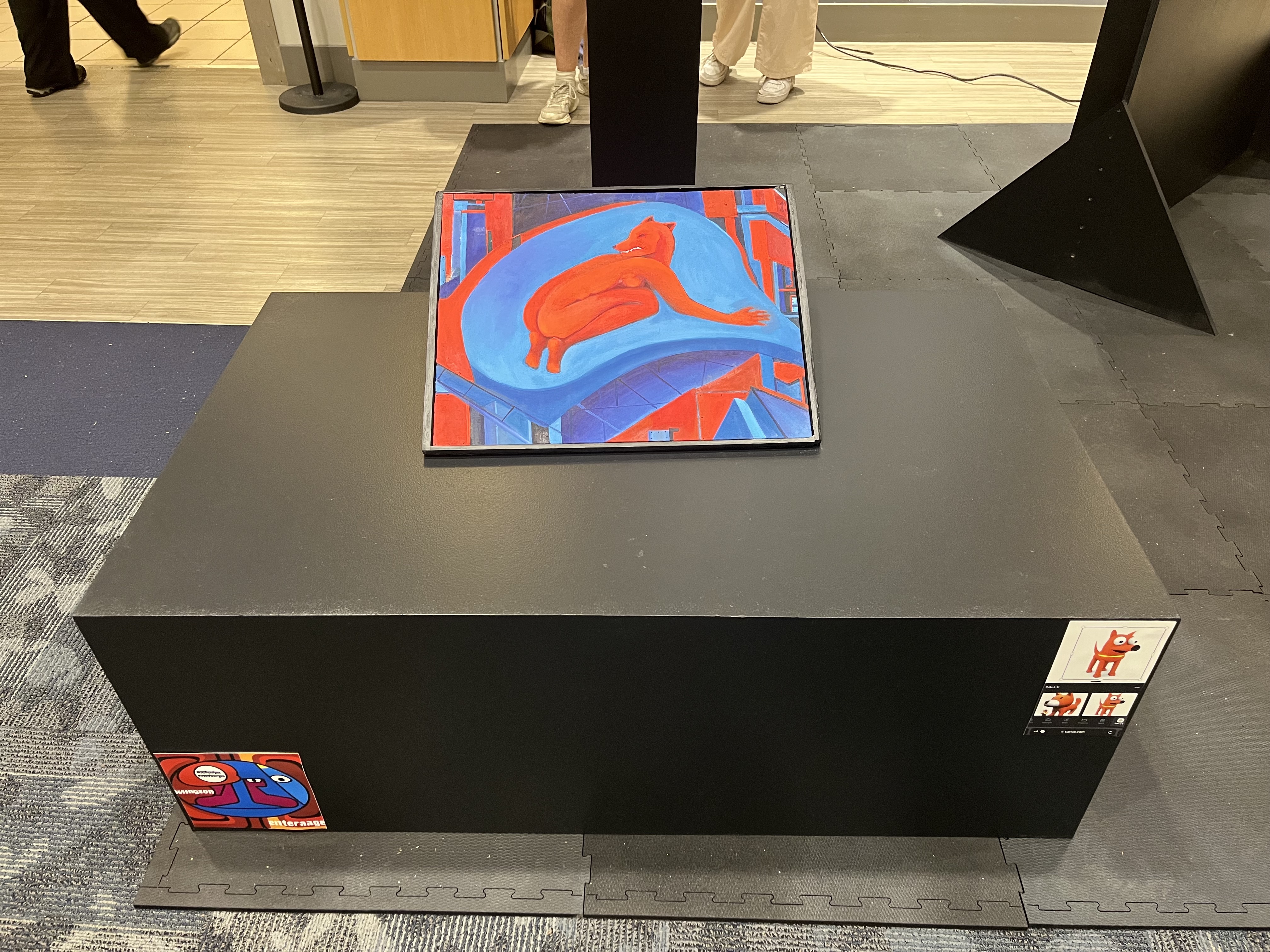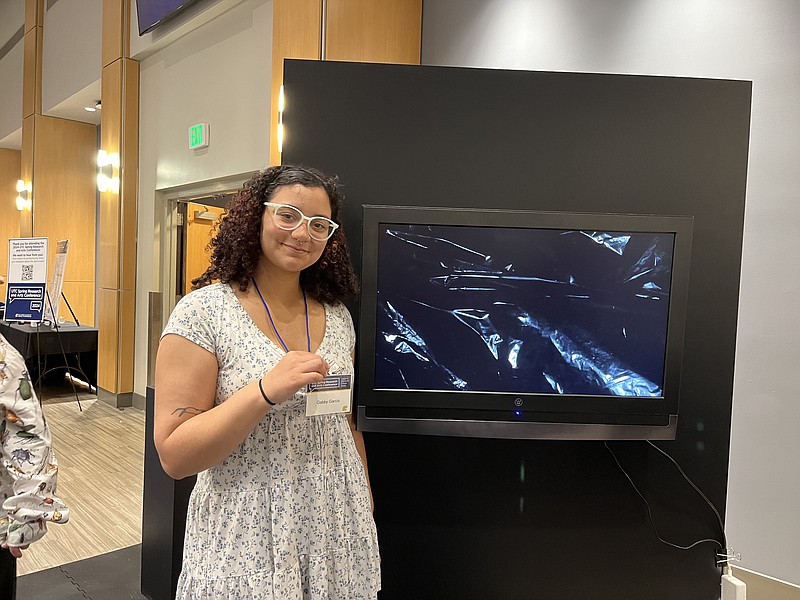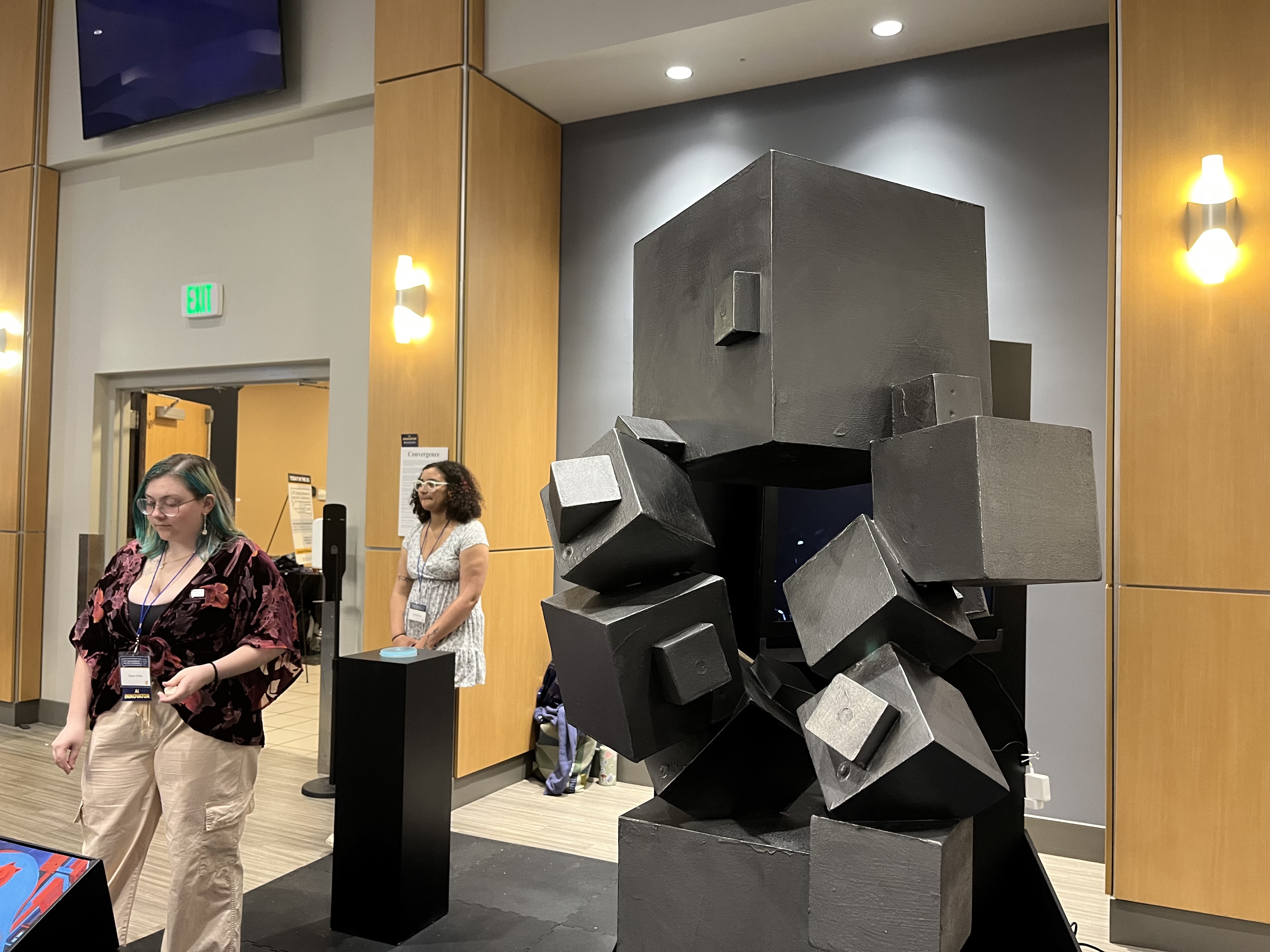The University of Tennessee at Chattanooga hosted its first-ever panel discussion on the use of artificial intelligence in the classroom and research as it continues its push to prepare students for an AI-driven world.
"Students are afraid that we aren't preparing them properly for the job, that they might be replaced by AI," Vicki Farnsworth, the vice chancellor and chief information officer, said in an interview. "If we do our jobs right, they will have exactly the right skill set to go into a company and be a leader in the AI space for that company, so that's our job."
The discussion event was Wednesday.
In October, the university announced its intention to apply generative AI in the university's instruction, business operations and research. Generative AI tools, such as ChatGPT, create new content using algorithms.
(READ MORE: UTC to invest in artificial intelligence, prompting organizational changes)
As the initiative progresses, the goal is to engage more with the community, as well as provide ways for students and community members to learn about how to engage with AI, said Farnsworth, who coordinates UTC's AI efforts.
Here's what three UTC professors said about how they are integrating AI into their curriculum and the effect the technology may have on their fields.
Art
When Shane Ward, an assistant professor of art, asked his sculpture students to come up with a theme for their display at UTC's Spring Research and Arts Conference, one of their first common interests was the feeling that the future was murky and unstable. A big part of that was technology and the rapid pace at which students were being asked to deal with things like AI, he said.
From there, the project's theme and prompt evolved, and students could either respond to AI as an idea or use the technology as a tool or collaborator in making their art. As students used AI more, he said, some became more comfortable with it and were able to think of it as a collaborator, while others were deeply concerned about deep fakes.
Artists are good at adapting and utilizing new tools, skills and ideas, Ward said, so he doesn't expect AI to have a significant impact on sculptors within the next few years, though it could have some effect on other art forms.
"The physical world is really complicated," he said. "There are a lot of materials, there are a lot of ways in which to make form. ... It's still so critical for the human physical body to engage in the making of the work."
Communications
In Nagwan Zahry's social media and strategic communications class, students were tasked with creating outlines through ChatGPT to handle the communications for different crises throughout the semester. At the end of the project, students had to criticize and assess the AI's outputs and improve them.
Zahry, an associate professor of communication, said she really enjoyed the process of teaching AI and students' insightful comments. Most agreed AI cannot operate independently and requires human review and customization, she said.
"As educators, one of the main challenges is to stay ahead of the curve because we want our graduates to be hired, to find a job," she said. "We have to keep an eye on the industry and how it's evolving. The challenge for us is how we can guide our students through the process of using AI and remain creative at the same time."
For that reason, Zahry said she tries to make projects and assignments as challenging as possible for students, so that even if students can use AI, they cannot depend on the technology for everything and need to think things through.
Nursing
Laurel Rhyne, a lecturer in UTC's School of Nursing, had her leadership students this semester look into AI innovations that are disrupting the medical field or coming into the market.
Nursing, as a discipline, is fairly resistant to change, she said, so when she first brought up the idea of AI to students, there was shock, awe and fear. Through her weekly updates on what was happening with AI, Rhyne's goal was to make students comfortable with the idea of change, as well as get them familiar with what innovation looks like and how they could use it in the future, she said.
Students also were required to analyze AI innovations, including predictive and robotic models, to consider the ethical issues from a nursing standpoint and consider its impact on job loss or realignment.
"They had to really critically look at what this meant to them and how then they could adapt in a different way," Rhyne said. "For them to get out of a box or a linear way of thinking was really fun to see."
Rhyne predicted AI will completely disrupt medicine once the issues around federal health privacy laws and data security are figured out. Having AI be able to compare a patient's medical chart to millions of other cases could be a game changer, she said. There are ethical questions around responsibility though.
"There is no responsibility right now," she said of AI. "It is chaos out there. While the boundaries are down, people are running. It's like watching a pendulum that is swinging, and there's no counter pressure to it to swing it back, and so I think that's on all of us going forward."
Contact Shannon Coan at scoan@timesfreepress.com or 423-757-6396.
 Staff photo by Shannon Coan / A sculpture created for professor Shane Ward's class, which considered the idea of artificial intelligence through art, is displayed Wednesday at the UTC Spring Research and Arts Conference. The student created the painting and then tried to remake it by giving written prompts to artificial intelligence.
Staff photo by Shannon Coan / A sculpture created for professor Shane Ward's class, which considered the idea of artificial intelligence through art, is displayed Wednesday at the UTC Spring Research and Arts Conference. The student created the painting and then tried to remake it by giving written prompts to artificial intelligence.
